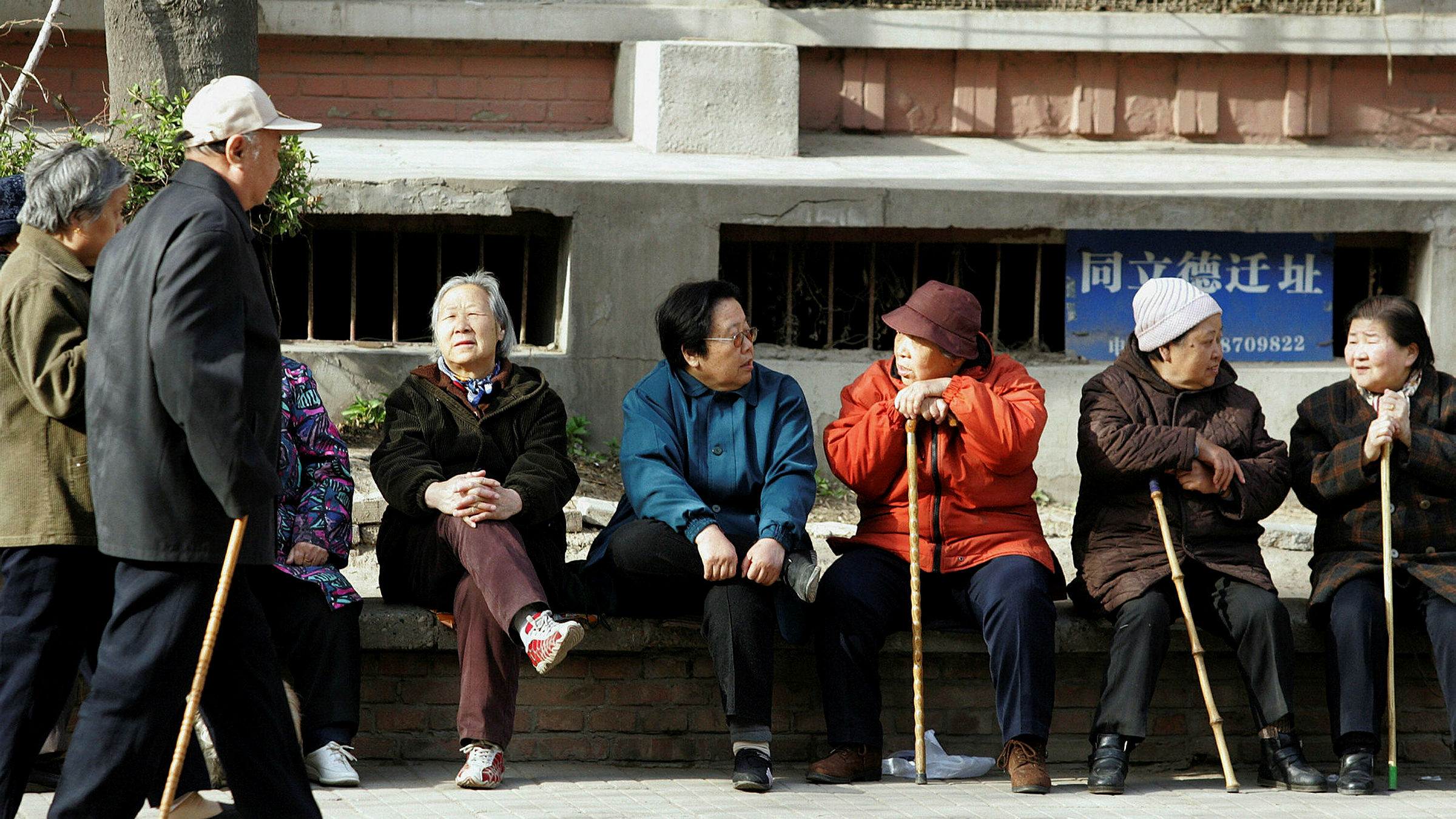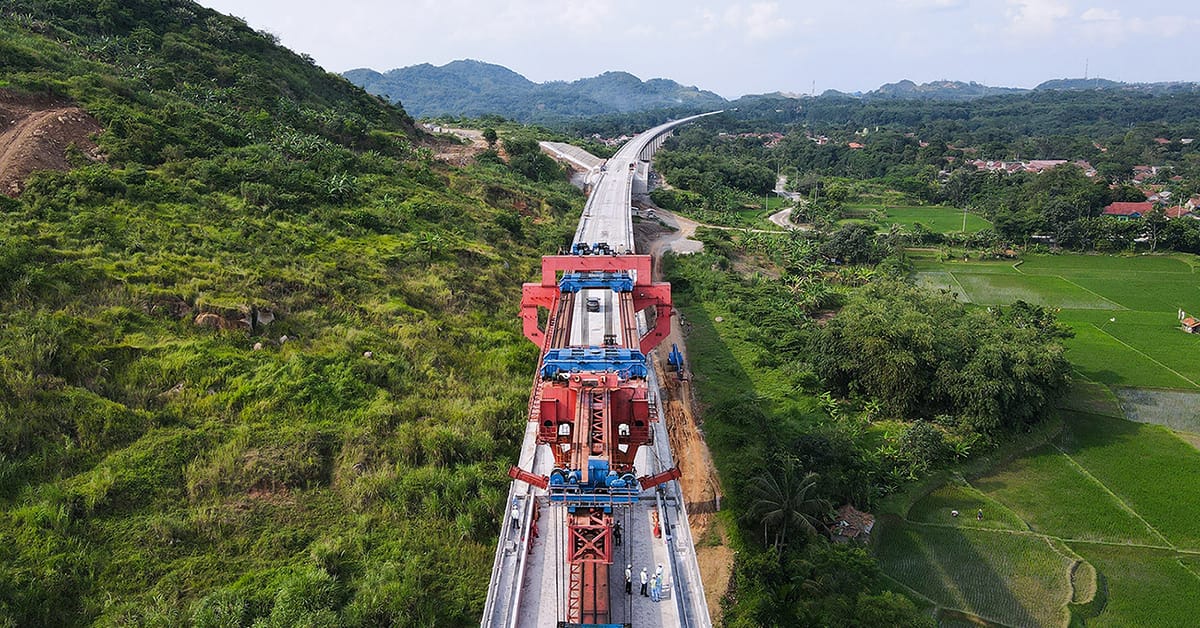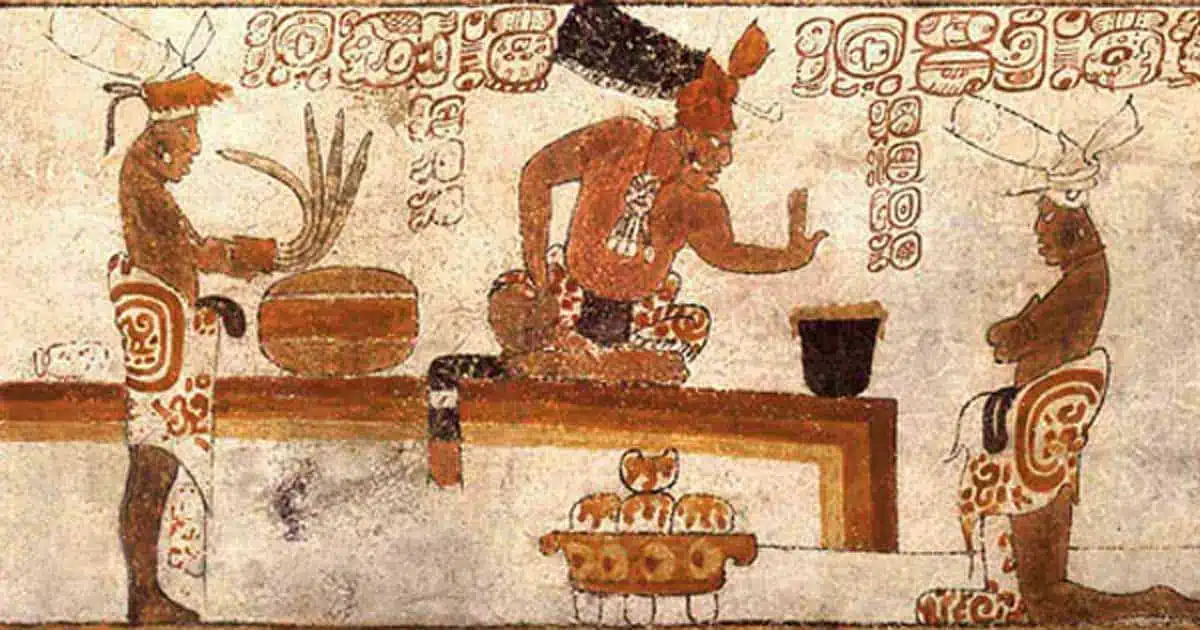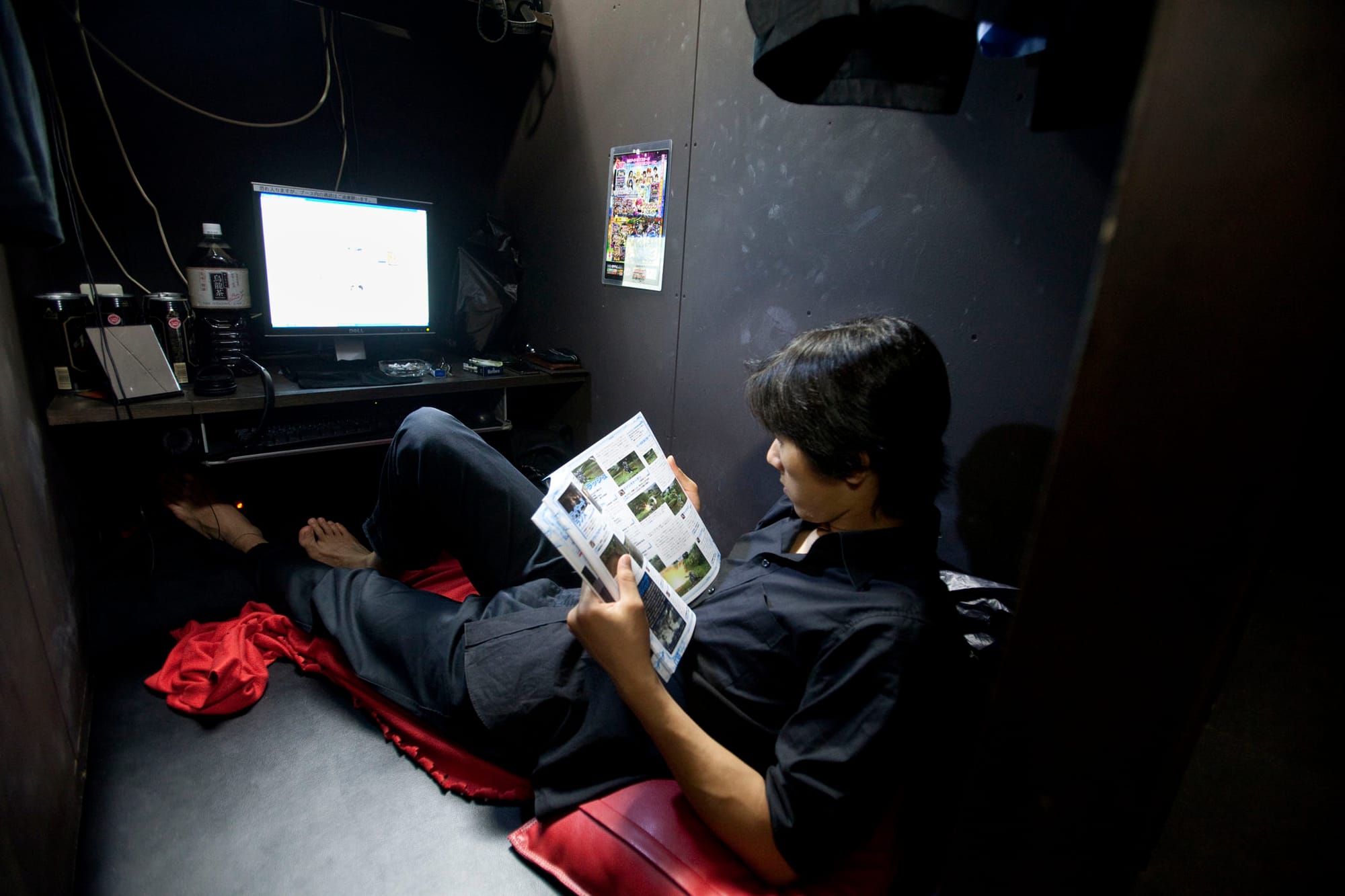China is experiencing one of the fastest ageing populations in the world. The population of people over retirement age (63 years old for men, 55 years old for women) is expected to reach 39% by 2050, a staggering figure. However, is this a good thing or bad thing? In this article I will explore the causes and effects of this older demographic.
China’s influx of the senior population stems from two key causes. The first of which is longer life expectancy. Over the last decades, China’s life expectancy has been continuously rising. A Chinese traditional diet has always been incredibly healthy, however the spread of fast-food chains across China, has influenced younger generations to eat worrying amounts junk food and live a sedentary lifestyle. This along with the incredible stress that is put on the younger generation for the Chinese University Entrance Exam (gaokao), leads to even more unhealthy eating. However, the elderly population have a sustained emphasis on exercise and healthy eating, which has led to life expectancy at birth improving by 6.78 years between the years of 2000 and 2021, from 70.8 to 77.6 (data from the WHO). Its life expectancy of 77.6 in 2021 sat comfortably higher than the world average of 71.4 and is expected to keep rising. Whether this high life expectancy will be maintained by the younger generations, that’s another question. This increase in life expectancy leads to an overall older population, which is further boosted by the second key cause: decreasing birth rates.

Low birth rates are not new to China: between 1979 and 2015, the CCP had implemented the one child policy, meaning birth rates were at an all time low. However, with the policy scrapped nowadays, what is the reason for the current low birth rates? Well for starters, China has the most imbalanced sex ratio in the world, with the number of males exceeding females by approximately 3% to 4%. Rooted in traditional patriarchal values, many in Chinese society have historically viewed males as more desirable than females. This cultural preference, still widespread in modern China—particularly in rural regions—has contributed to high rates of sex-selective abortions and even instances of female infanticide. As a result, the skewed gender ratio has significantly impacted the country’s social structure, leading to declining marriage and birth rates. Secondly, another impact could be the change in mentality of the Chinese people. Historically, Chinese women used to give birth to many children, but now the change in socioeconomic factors has given women less of an incentive to give birth to many children. The high cost of childcare and the overall financial burden of raising children discourages many couples from starting families. For women, the potential career setbacks that often come with motherhood—such as taking time off work—add another layer of concern. These challenges are intensified by traditional gender expectations that place caregiving responsibilities primarily on women. Additionally, the rising cost of living, particularly in cities, makes the prospect of having children even more daunting.
Lastly, what are the effects of this older demographic? The growing elderly population has raised the dependency ratio and led to a higher prevalence of chronic diseases. This demographic shift has also prompted changes in public policy. At the same time, a shrinking labour force is undermining China's economic growth and development, which has long relied on a strong and abundant workforce.









